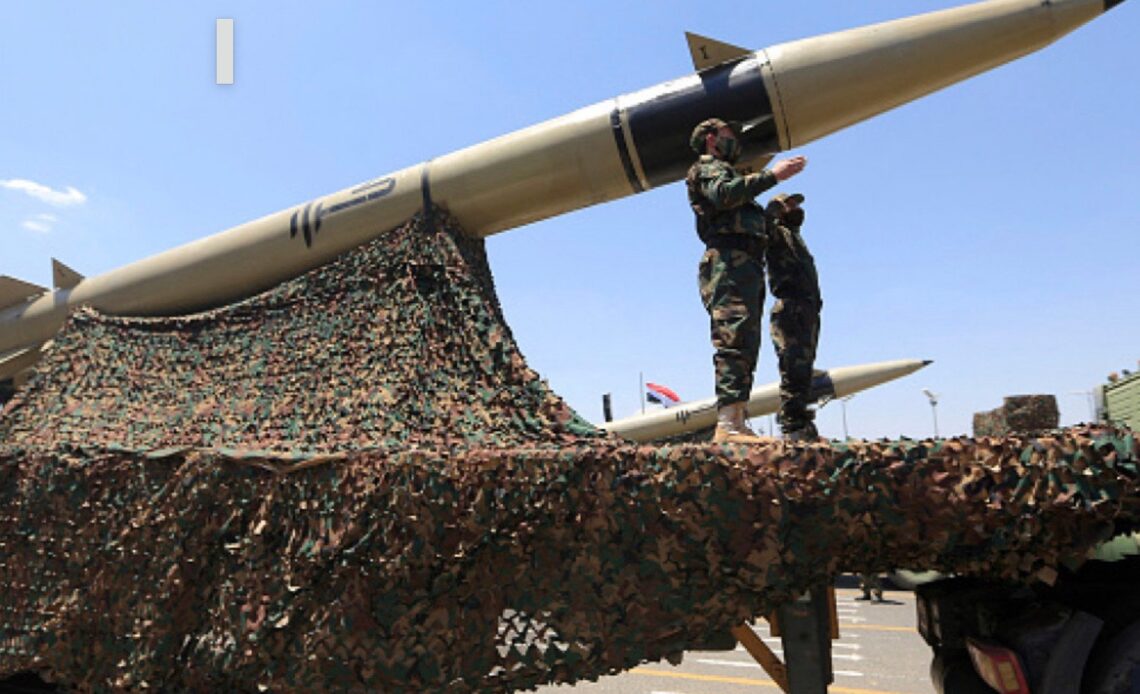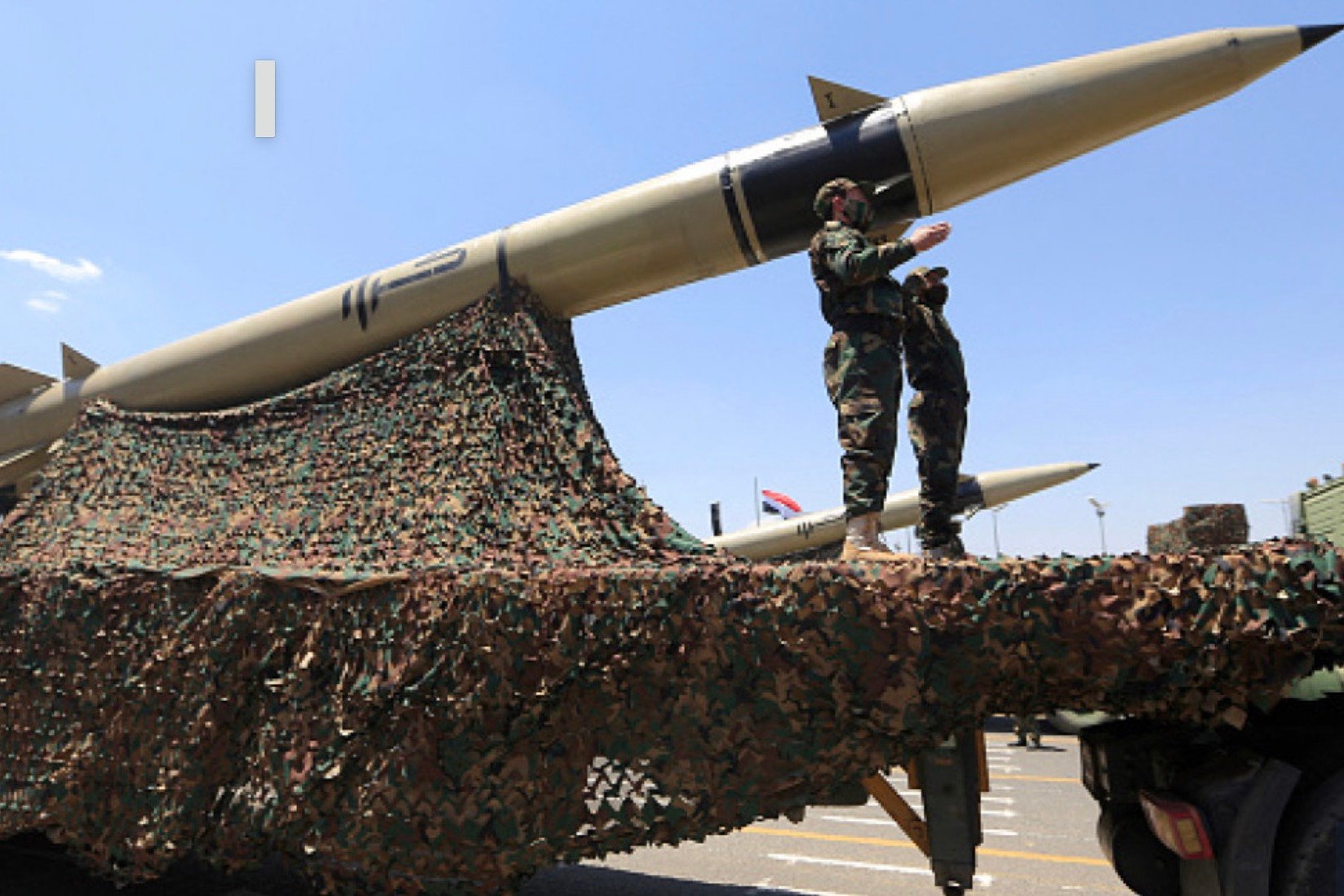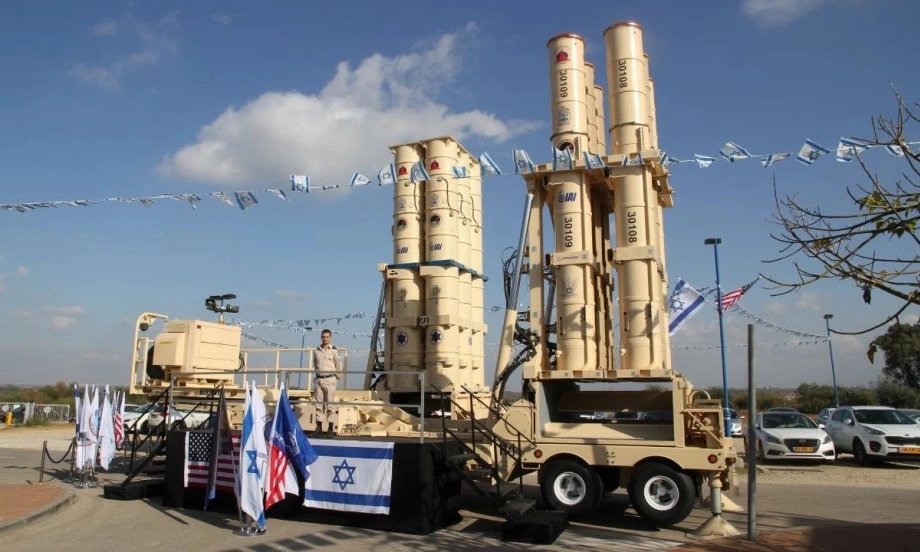
The recent reports of Houthi-fired missiles successfully breaching sophisticated Israeli and US defense systems have sent shockwaves through the global defense and intelligence communities. For decades, the United States and Israel have prided themselves on developing some of the world’s most advanced missile defense systems. Yet, the unexpected success of Houthi-launched projectiles has raised serious questions about the future of missile warfare, defense capabilities, and geopolitical threats emerging from non-state actors.
This article dives deep into the key reasons why the Houthi missiles managed to break through these advanced defense shields. We explore technological loopholes, political underestimations, strategic innovations by the Houthis, and broader implications for global security. The breach is not merely a tactical failure—it marks a turning point in asymmetrical warfare.
## The Rise of the Houthi Arsenal

The Houthis, formally known as Ansar Allah, began as a local Yemeni rebel group but have evolved into a regional power broker with significant missile and drone capabilities. Backed by Iran, their arsenal has grown far beyond homemade weapons. In recent years, they have acquired ballistic missiles, cruise missiles, and long-range drones with targeting capabilities previously unthinkable for a non-state entity.
Iran’s support has been instrumental. Through covert channels, Tehran has supplied the Houthis with missile parts, blueprints, and technical expertise. The result is a surprisingly modern and sophisticated missile program capable of hitting targets far beyond Yemen’s borders—including deep inside Israel and near US assets in the Middle East.
## Overreliance on Predictable Defense Systems
Both Israel and the United States have long relied on layered missile defense systems like Iron Dome, David’s Sling, and Patriot batteries. While effective against short-range threats and conventional ballistic missile trajectories, these systems are not foolproof.
One key reason the Houthi missiles slipped through is that defense systems are generally optimized for threats from specific directions and known enemies. Israel’s Iron Dome, for instance, is most effective against short-range rockets from Gaza. When missiles are launched from unusual directions or by groups not traditionally viewed as imminent threats, reaction times shrink and defensive algorithms become less effective.
Moreover, defense systems can be overwhelmed when faced with saturation attacks. The Houthis have capitalized on this by launching multiple projectiles simultaneously, combining missiles and drones in coordinated waves. This tactic overloads the radar and interception capabilities, allowing some threats to pass through.
## Asymmetrical Warfare and Unpredictability

The Houthis have mastered the art of asymmetrical warfare. By using unconventional methods, hiding launch sites in civilian areas, and modifying commercial drones for military use, they make it difficult for satellite intelligence and preemptive strikes to neutralize threats in advance.
The irregularity of these tactics gives them an upper hand. Unlike state militaries that follow standard operating procedures and rules of engagement, the Houthis play by no conventional rules. This unpredictability allows them to exploit weaknesses that high-tech defense systems—designed with state actors in mind—often fail to anticipate.
Furthermore, the Houthis have learned from every conflict. Over the years, they have gathered real-time data on the reaction times of defense systems, interception patterns, and vulnerabilities. They’ve adapted accordingly, developing new launch techniques and altering flight paths to reduce detectability.
## Technological Evolution of Houthi Missiles
The success of these attacks is not purely due to defense failures—it’s also a result of the impressive technological advancement of Houthi missile capabilities. Some of the missiles used are believed to be Iranian-designed variants of the Quds or Zulfiqar series, boasting improved guidance systems and stealthier profiles.
These newer missiles incorporate radar-evading materials and fly at lower altitudes or with unpredictable trajectories to avoid detection. In some cases, they may use decoys or programmed “zigzag” flight paths that challenge traditional tracking systems.
Additionally, the integration of artificial intelligence and GPS guidance in their missile systems has made them more precise and harder to intercept. These enhancements reflect a disturbing trend: non-state actors now possess technological prowess once exclusive to global superpowers.
## Intelligence and Coordination Failures

Another key reason behind the breach is the failure in intelligence coordination between allied defense systems. Even the most advanced missile defense system is only as good as the intelligence network supporting it.
In recent instances, early warning systems did not correctly identify or interpret the nature of the threat. Whether due to flawed satellite data, misjudgment of launch intentions, or bureaucratic delays, the response time was insufficient to neutralize incoming threats effectively.
Joint operations between US and Israeli systems also suffered from protocol lags. Sharing real-time threat information across multiple command structures—especially in cross-border situations—requires absolute synchronization. Unfortunately, these processes are still prone to human error, miscommunication, and technological bottlenecks.
## Strategic Distraction and Global Conflicts
The global geopolitical landscape plays a subtle but important role. While the world’s attention is consumed by the Russia-Ukraine war, tensions in the South China Sea, and ongoing instability in Sudan and Gaza, actors like the Houthis find opportunities to strike when focus is divided.
Strategically timed attacks allow them to slip under the radar. Defense systems might be under maintenance, surveillance might be scaled back, or political leaders may be distracted with other crises. The timing of the Houthi missile attacks suggests strategic calculation aimed at exploiting these windows of distraction.
Additionally, stretched resources and budget reallocations have reduced the number of personnel available to monitor lesser-known threats. This has left temporary blind spots in defense systems, which the Houthis were quick to exploit.
## Psychological and Political Impact

The success of the Houthi missile attacks carries a psychological weight that goes beyond physical destruction. It sends a message to the world that powerful nations are not immune to attacks from under-resourced, decentralized groups.
For the Houthis, these breakthroughs serve as powerful propaganda tools. They position themselves as Davids successfully targeting Goliaths, rallying support both domestically and across sympathetic groups in the region.
Politically, it pressures Israel and the United States to reassess their military strategies and diplomatic positions in the Middle East. It also emboldens other insurgent groups and rogue states to test the boundaries of existing missile defense systems.
## Implications for Future Defense Strategies
The successful penetration of defense shields by Houthi missiles should serve as a wake-up call. Traditional missile defense systems are no longer sufficient when facing dynamic, AI-enhanced, and multi-vector threats.
Future systems must integrate enhanced artificial intelligence, predictive modeling, and real-time data sharing across international networks. The use of space-based sensors, improved drone defenses, and adaptive interception technologies is no longer optional—it’s essential.
Furthermore, governments must increase investments in cybersecurity, as many missile systems depend on digital communications. A hacked defense grid could easily lead to missed interceptions or false alarms.
Defense must also become more proactive than reactive. Preemptive intelligence gathering, neutralization of missile production sites, and cyber-infiltration of insurgent communications will be crucial to staying ahead of evolving threats.
## The Changing Face of Warfare

The incident with Houthi missiles is just a symptom of a broader shift in modern warfare. We are entering an age where technology empowers smaller players to punch above their weight. Cyber warfare, drone strikes, and long-range missiles are no longer exclusive to traditional powers.
Missile warfare has democratized, and with that comes a dangerous unpredictability. No longer can nations afford to underestimate smaller enemies. Every militant group with access to foreign intelligence or technological blueprints becomes a potential regional destabilizer.
The future battlefield is not only defined by tanks and jets but by networks, software, and adaptive, data-driven strategies. Countries that fail to evolve will find themselves outmaneuvered not by superior force, but by superior adaptability.
## Conclusion
The ability of Houthi missiles to penetrate Israeli and US defense shields is not an isolated failure but a reflection of the changing landscape of modern warfare. Technological evolution, intelligence oversights, and asymmetrical tactics combined to create a scenario where one of the most fortified regions in the world suffered a serious breach.
This event must prompt a serious reevaluation of global missile defense strategies. It’s no longer sufficient to rely on static systems designed for predictable threats. The future demands dynamic, adaptive, and intelligence-driven defense models that can respond to both state and non-state actors with equal precision.
Ultimately, the lesson here is clear: underestimated adversaries and outdated doctrines are dangerous. If the world’s military powers are to maintain security in an increasingly complex environment, they must recognize the rise of irregular warfare and meet it with innovation, collaboration, and foresight.


